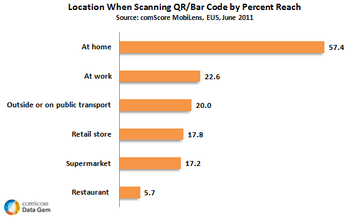Edelman Trust Barometer 2012: CEOs down, Social Media getting better…
Year on year, Edelman’s Trust Barometer checks the credibility and trustworthiness of politics, companies, CEOs and media from a quite generalistic point of view.
The findings for this year were published in the 2012 Edelman Trust Barometer, a global survey which came out yesterday in its 12th year. The survey offers insights from over 30,000 people in 25 countries with the main focus on “Informed Publics”. By “Informed Publics” Edelman sees college-educated people between 25-64 years of age that are among the best earners in their countries and describe themselves as heavy consumers of media information.
Obviously interesting for me were two things… How are people trusting CEO’s after CEO’s criticized their marketers some month ago in a study by the Fournaise Marketing Group. And also, how are consumers worldwide gaining trust in social media as a source of business information.
Let’s start with the CEOs first.
When Edelman asked respondents how credible information coming from a CEO would be, 38% replied they would trust the information. Although this sounds not bad, it is a 50% dump from last year and the biggest drop since Edelman started doing the survey 12 years ago. And although government leaders were less trusted than CEOs, in more or less all the countries responding, 49% would want to see an increase of government regulation of business.

And how about consumers’ trust in Social Media?
Well, let’s put it that way… Social Media is on the rise but still lags behind corporate websites and traditional media. So, you marketers should better not rely solely on Facebook, Twitter and Google+ pages.
The 2012 survey tells us that 14% of respondents see Social Media as a trusted source of company information — an increase of 6% to one year ago. But it’s still getting the lowest trust score of the four options shown below. This comes close to the trust in company websites (16%). Traditional media still is top of “news pops” (32%).

Spot On!
So which business is trusted most? Technology companies are most trusted with 79% saying they believed tech companies do the right thing. Indian, Chinese and the United States tech companies earn most trust, UK, France and Germany rank lower. Trust in financial services companies and banks soars, and those companies are the least trusted businesses. 47% said they trusted banks to do what is right. 45% saying they trusted financial services companies.
Who do you trust? Would you agree with these Edelman findings?








 The
The 
 According to
According to 